Getting a visa refusal can be a huge disappointment, especially when you have made plans to travel, study, or work abroad. According to the U.S. Department of State, over 4 million non-immigrant visa applications were refused in 2023, with 214(b) visa refusal being the highest.
One of the most common reasons for visa denial is Section 214(b) of the U.S Immigration and Nationality Act, which states that applicants must provide evidence that they have a primary residence in another country, where they intend to return after their temporary stay. In this blog post, we’ll explore the reasons behind a 214(b) refusal, provide real examples, and discuss your options for reapplying.
Key Highlights Table
Here’s a snapshot of all the important topics covered in this blog on 214(b) refusal: reasons, sample, how to reapply, and more.
| Important Topic | Key Highlights |
| What is 214(b) Visa Refusal? | One of the top reasons for non-immigrant visa refusals |
| 214(b) Refusal Reasons | Lack of strong employment ties or insufficient income Lack of significant assets or property ownership Weak family ties |
| 214(b) Visa Rejection: Reapplying Steps | Review refusal reasons and gather additional evidence Clarify travel purpose and intent to return Around 30% success rate on reapplying |
| Overcoming 214(b) Refusal | Employment letters Property documents Evidence of family ties and travel purpose |
Choose your dream country
When do you want to study abroad?
What's your highest level of education?
Select you current city
How Leap will help you
Personalised University Shortlist
Express Applications with Quicker Admits
End-to-End Application Support
What is Section 214(b)
Section 214(b) falls under the broader category of non-immigrant visa requirements, which are designed to ensure that foreign nationals entering the U.S. do not intend to remain permanently or violate the terms of their temporary stay.
Applicants must provide evidence that they have a residence abroad that they do not intend to abandon, as well as compelling reasons to return to their home country after their intended temporary stay in the U.S.
Consular officers have a significant degree of discretion in determining whether an applicant has met the requirements of Section 214(b). The officers evaluate each case based on the totality of the circumstances and evidence provided.
What are 214(b) Refusal Reasons

The primary reason for a 214(b) visa rejection is the failure to overcome the presumption of immigrant intent. In other words, the consular officer was not convinced that you have strong enough ties to your home country that would compel you to return after your temporary stay in the United States. According to a study by The Murthy Law Firm, approximately 60% of all visa denials are due to 214(b) refusal reasons.
- Issues during the visa interview process: You may face a 214(b) refusal if you fail to adequately communicate your non-immigrant intent. You need to provide convincing evidence during the visa interview, such as employment letters or tax returns, showing stable employment in your home country (Annual salary range: USD 30,000 to USD 50,000 or INR 25L to 42L).
- Inaccurate consular understanding of facts or law: In some cases, visa refusals may occur due to a consular officer's misunderstanding or misinterpretation of the facts presented or the applicable laws and regulations.
- Failure to meet specific visa category requirements: Even if you demonstrate strong ties to your home country, you may still face a 214(b) refusal if you fail to meet the specific requirements of the visa category you are applying for. Some of the examples are given below.
- For student visas (F-1, M-1), you must demonstrate admission to a SEVIS (Student and Exchange Visitor Information System)-approved institution. You also need to demonstrate sufficient financial resources (approx. USD 10,000 or INR 8L per year), and English proficiency (Minimum TOEFL score of 90 and minimum IELTS score of 6.5).
- For work visas (H-1B, L-1, O-1), you must have a job offer from a U.S. employer, meet the educational and experience requirements for the position, and possess specialised knowledge or skills as required.
- For exchange visitor visas (J-1), you must have a sponsor organisation, a defined program objective, and sufficient funding.
- For business visitor visas (B-1), you must demonstrate a legitimate business purpose, such as attending meetings, negotiations, or consultations.
- Economic and political conditions in the applicant's home country: Consular officers may consider the economic and political stability of your home country when evaluating your ties and intent to return.
- Indications of a prolonged stay or intent to immigrate: Any evidence suggesting that your plans to stay in the U.S. for an extended period or permanently can lead to a 214(b) refusal.
What Constitutes 'Strong Ties' in a 214(b) Visa?
Consular officers evaluate various factors to determine your ties to your home country, including employment, income, assets, property ownership, family relationships, and community involvement.
Strong ties may include stable and well-paying employment, ownership of a home or other significant assets, close family relationships (spouse, children, parents), and active participation in community organisations or activities.
The variability of 'strong ties' is based on individual circumstances. Simply put, strong ties can vary depending on your age, profession, family situation, and other individual circumstances.
214(b) Visa Refusal Samples
Visa interviews can be nerve-wracking, and ones for a 214(b) visa refusal is common. Understanding real-life examples of visa interviews that resulted in 214(b) refusals can provide valuable insights into the factors that consular officers consider when assessing your ties to your home country.
By analysing these samples, you can better prepare for your interviews and increase your chances of overcoming the presumption of immigrant intent. Have a look.
214(b) Visa Refusal Sample 1
Interviewer: Please explain your purpose for travelling to the United States.
Applicant: I have been accepted into a Master's program in Engineering at Stanford University, and I'm applying for an F-1 student visa.
Interviewer: That's a prestigious program. Do you have any work experience in your field?
Applicant: No, I don't have any full-time work experience yet. I just completed my undergraduate degree.
Interviewer: How do you plan to fund your studies?
Applicant: My parents will be covering the tuition and living expenses through their savings and loans.
Interviewer: What are your plans after completing your Master's degree?
Applicant: I'm not sure yet. I may look for job opportunities in the US or return to my home country.
Interviewer: I am not satisfied that you have strong ties to your home country that would compel your return after your studies. Your visa is refused under 214(b).
In this scenario, the applicant's lack of work experience, unclear post-study plans, and reliance on parental funding raised doubts about their non-immigrant intent, leading to a 214(b) refusal.
214(b) Visa Refusal Sample 2
Interviewer: Good morning; please state your purpose for travelling to the United States.
Applicant: Good morning. I'm applying for a B-1/B-2 tourist visa. I plan to visit my cousin in New York for two weeks and then travel to Los Angeles to attend a conference related to my work in marketing.
Interviewer: I see. Can you tell me about your employment situation?
Applicant: Yes, I work as a marketing manager at a tech company in Mumbai. I've been with the company for three years.
Interviewer: Do you have any property or assets in India?
Applicant: No, I don't own any property. I live with my parents and have some savings in a bank account.
Interviewer: What ties do you have that would compel you to return to India after your trip?
Applicant: Well, my job and family are here. I don't have any concrete plans after the conference.
Interviewer: I'm afraid I cannot be convinced that you have strong enough ties to India that would compel your return after temporary travel. Your visa is refused under 214(b).
In this case, the applicant lacked strong employment ties, financial assets, or a clear travel itinerary and plans after the trip, raising concerns about immigrant intent.
214(b) Visa Rejection Reapply
If your visa was denied under 214(b), you have the option to reapply for a visa. However, it's crucial to address the specific reasons for your previous refusal and provide additional documentation or evidence to overcome the presumption of immigrant intent.
As of 2024, around 30% of applicants who reapply after addressing the 214(b) reasons are successful in getting their visas approved.
Here are the steps you can take if your visa has been rejected too.
- Review the refusal letter carefully and understand the specific reasons for the denial.
- Gather additional documentation to demonstrate stronger ties to your home country, such as employment letters, property ownership documents, bank statements, or family ties.
- Prepare a detailed explanation of your travel purpose, itinerary, and plan to return to your home country after your temporary stay in the U.S.
- Consider hiring an immigration attorney or seeking professional assistance to strengthen your application and prepare for the next interview.
- Schedule a new visa appointment and be prepared to address the previous concerns raised by the consular officer.
To Sum Up
A 214(b) visa refusal can be disheartening, but it's not the end of the road. By understanding the reasons behind the refusal and taking appropriate steps to address them, you can increase your chances of success in your next visa application.
Remember to provide compelling evidence of your ties to your home country, clarify your travel purpose, and demonstrate your intent to return after your temporary stay in the U.S.
With perseverance and proper preparation, over 30% of the applicants have overcome a 214(b) refusal and achieved their goals of travelling, studying, or working in the United States.
Frequently Asked Questions
-
Q. What is the 214(b) visa refusal?
Ans. The 214(b) visa refusal refers to the denial of a non-immigrant visa application under Section 214(b) of the U.S. Immigration and Nationality Act. It is based on the consular officer's assessment that the applicant has failed to demonstrate strong enough ties to their home country, raising concerns about their intent to permanently immigrate to the U.S.
-
Q What are the common reasons for a 214(b) visa refusal?
Ans. The most common reasons for a 214(b) visa refusal include the following.
Lack of strong employment ties or insufficient income in the home country (48%)
Lack of significant assets or property ownership (22%)
Weak family ties (16%)
Unclear or unconvincing purpose of travel (9%)
Past immigration violations or overstays (5%) -
Q. Can I reapply for a visa after a 214(b) visa refusal?
Ans. Yes, you can reapply for a visa after a 214(b) visa refusal. However, it's crucial to address the specific reasons for the previous refusal and provide additional documentation or evidence to overcome the presumption of immigrant intent.
Consular officers evaluate each application on its own merits, and a previous refusal does not automatically disqualify you from obtaining a visa in the future. However, it's essential to demonstrate that your circumstances have changed or that you can provide compelling evidence to alleviate the concerns that led to the initial refusal. -
Q. What are the steps to reapply for a visa after a 214(b) refusal?
Ans. The steps to reapply for a visa after a 214(b) visa refusal are listed below.
Carefully review the refusal letter to understand the specific reasons for the denial.
Gather additional documentation to demonstrate stronger ties to your home country, such as employment letters, property ownership documents, bank statements, or evidence of family ties.
Prepare a detailed explanation of your travel purpose, itinerary, and plan to return to your home country after your temporary stay in the U.S.
Consider hiring an experienced immigration attorney or seeking professional assistance to review your application and provide guidance on addressing the previous concerns.
Schedule a new visa appointment and be prepared to address the previous concerns raised by the consular officer during the interview. -
Q. What kind of documentation can help overcome a 214(b) visa refusal?
Ans. Useful documentation that can help overcome a 214(b) visa refusal includes the following.
Bank statements or investment portfolios showcasing substantial financial resources or savings (minimum USD 10,000 or INR 8L for one year).
Evidence of close family ties, such as marriage certificates, birth certificates of children, or documents showing financial dependents.
Proof of community involvement or social ties, such as membership in organisations, clubs, or associations.
Detailed travel itineraries, including return flight reservations or hotel bookings, supporting your stated purpose and intent to return. -
Q. Is it mandatory to hire an immigration attorney to reapply after a 214(b) visa refusal?
Ans. No, it is not mandatory to hire an immigration attorney to reapply for a visa after a 214(b) visa refusal. However, seeking professional assistance from an experienced immigration attorney can be beneficial in several ways.
An attorney can provide valuable guidance on how to prepare for the visa interview, including mock interviews and advice on how to articulate your non-immigrant intent convincingly.
In case of any legal complexities or additional requirements, an attorney can represent you and advocate on your behalf. -
Q. What is the success rate for reapplying after a 214(b) visa refusal?
Ans. Around 30% of applicants who reapply after addressing the 214(b) reasons are successful in getting their visas approved. It's important to note that reapplying does not guarantee visa approval, and consular officers have the discretion to evaluate each case individually. However, by carefully addressing the reasons for the previous refusal and providing compelling evidence of non-immigrant intent, applicants can improve their chances of overcoming a 214(b) refusal.
-
Q. Can a past immigration violation lead to a 214(b) visa refusal?
Ans. Yes, past immigration violations or overstays can contribute to a 214(b) visa refusal, as it raises concerns about the applicant's intent to follow the rules and return to their home country. Past immigration violations can include the following.
Overstaying a visa or remaining in the U.S. or another country beyond the authorised period.
Working without proper authorisation or violating the terms of a non-immigrant visa.
Providing false or misleading information on previous visa applications.
Being deported or removed from the U.S. or another country due to immigration violations. -
Q. Is a lack of financial resources the only 214(b) visa rejection reason?
Ans. No, a lack of financial resources is not the only 214(b) visa rejection reason. Other factors for a 214(b) visa refusal include the following.
Weak employment ties or lack of stable employment in the home country
Lack of significant assets or property ownership in the home country
Limited or tenuous family ties or relationships
Past immigration violations or overstays
Economic or political instability in the applicant's home country -
Q. Can a strong academic or professional background overcome a 214(b) visa refusal?
Ans. While a strong academic or professional background can certainly strengthen an application and demonstrate the applicant's qualifications, it should be complemented by evidence of strong ties to the home country and a clear plan or reason to return after completing the intended purpose of travel. Then, there are higher chances of overcoming a 214(b) visa refusal.
-
Q. Is it possible to appeal a 214(b) visa refusal decision?
Ans. No, there is no formal appeal process for a 214(b) visa refusal decision. The only option for an applicant who has received a 214(b) visa refusal is to reapply for the visa at a later date.
When reapplying, the applicant must address the specific concerns or reasons that led to the initial refusal and provide additional documentation or evidence to demonstrate their non-immigrant intent and strong ties to their home country. -
Q. How long should I wait before reapplying for a visa after a 214(b) visa refusal?
Ans. There is no fixed waiting period, but it is generally recommended to wait for three to six months before reapplying. This gives you time to gather additional documentation and prepare a stronger application.
It's important to note that reapplying too soon after a refusal, without significant changes or additional evidence, may increase the likelihood of another denial. Consular officers may view a hasty reapplication as an indication of desperation or lack of understanding of the reasons for the initial refusal.
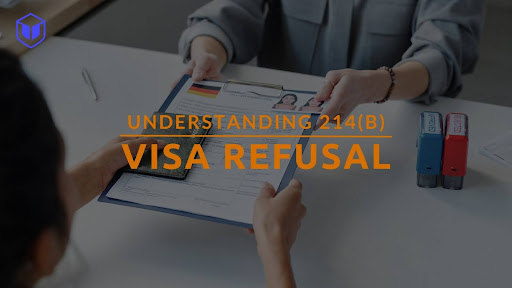
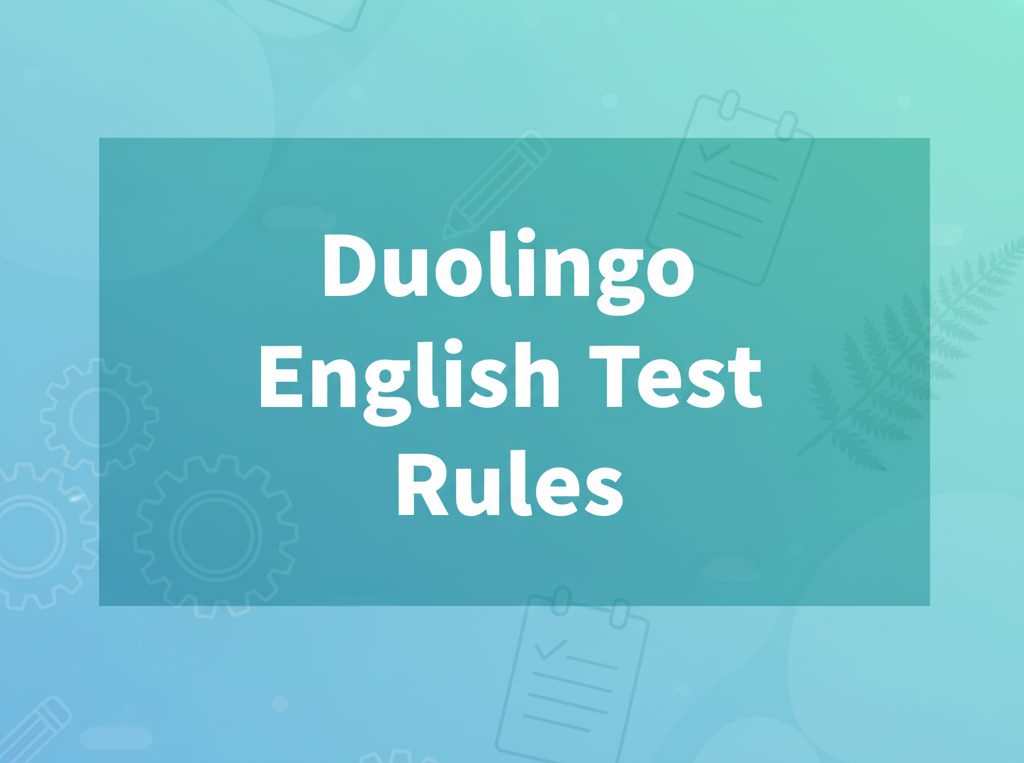
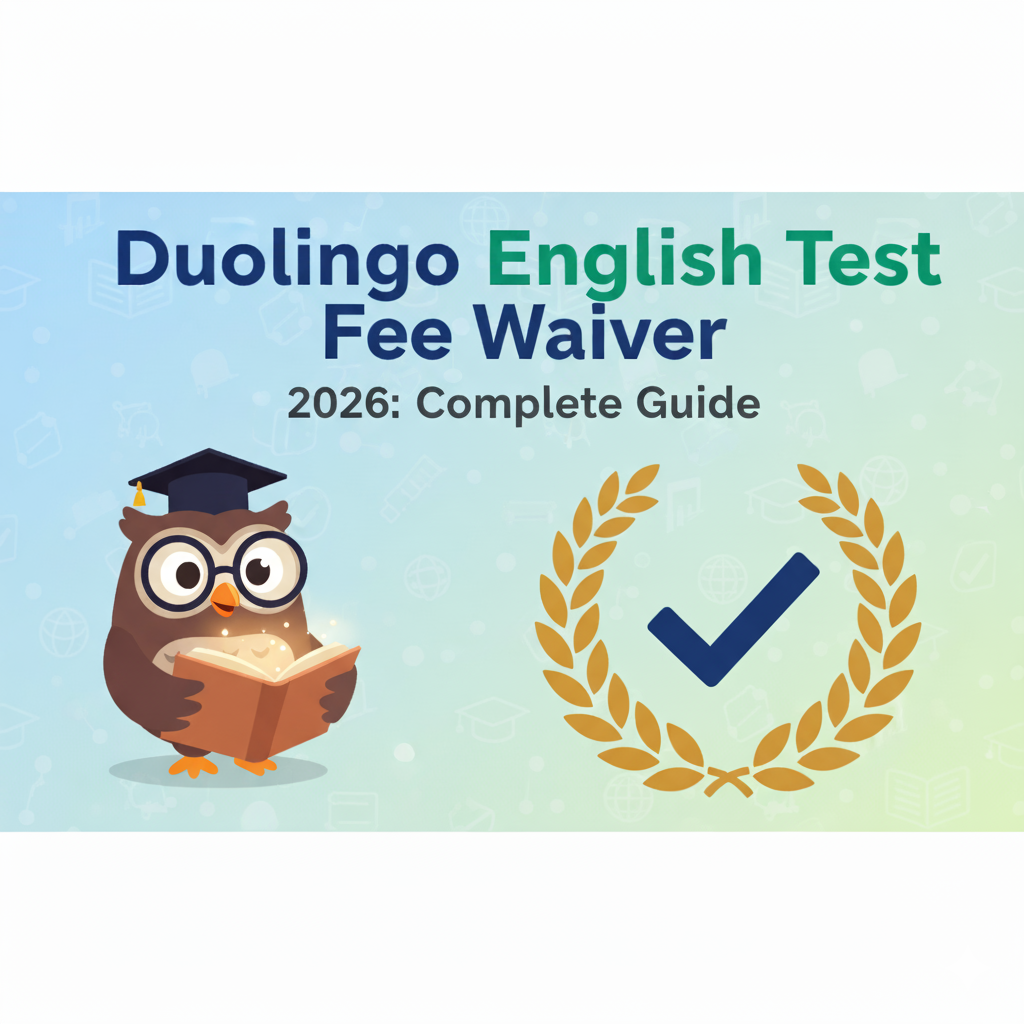

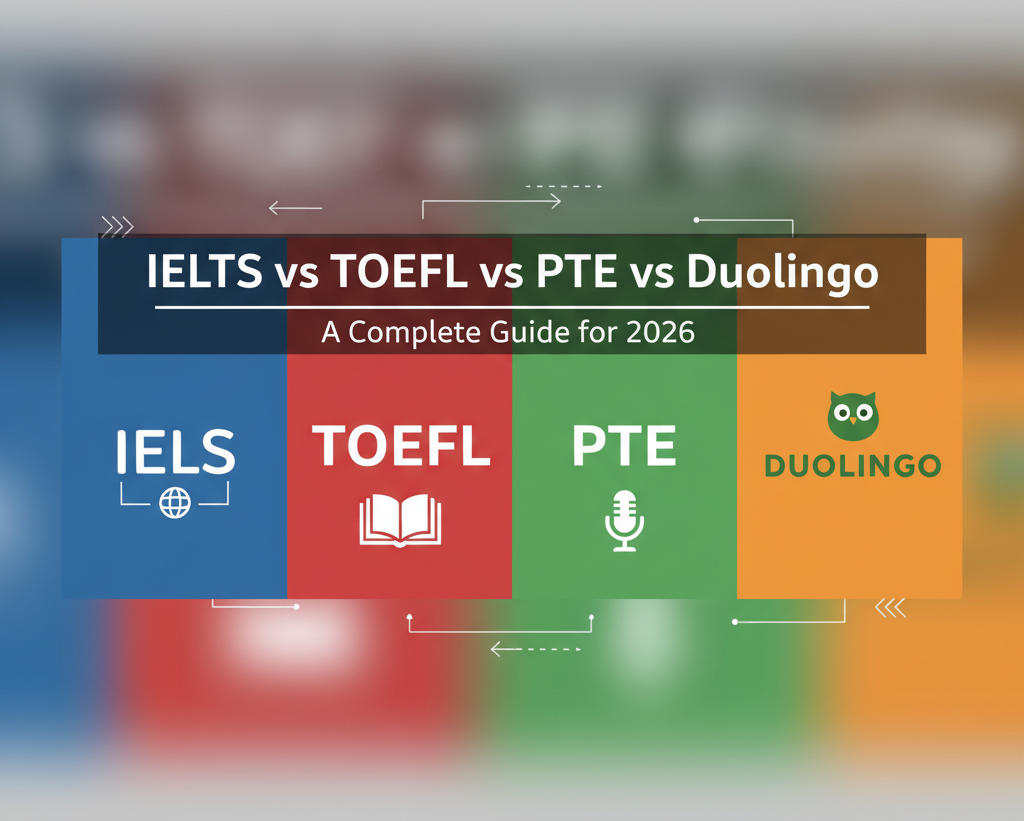
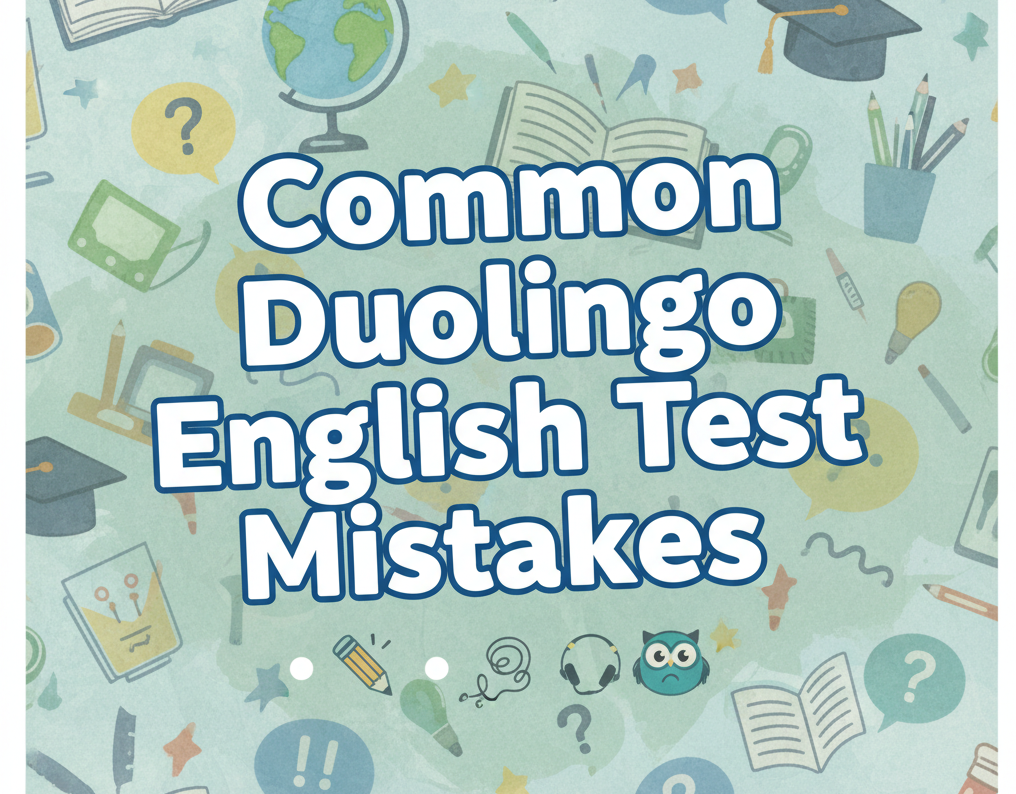


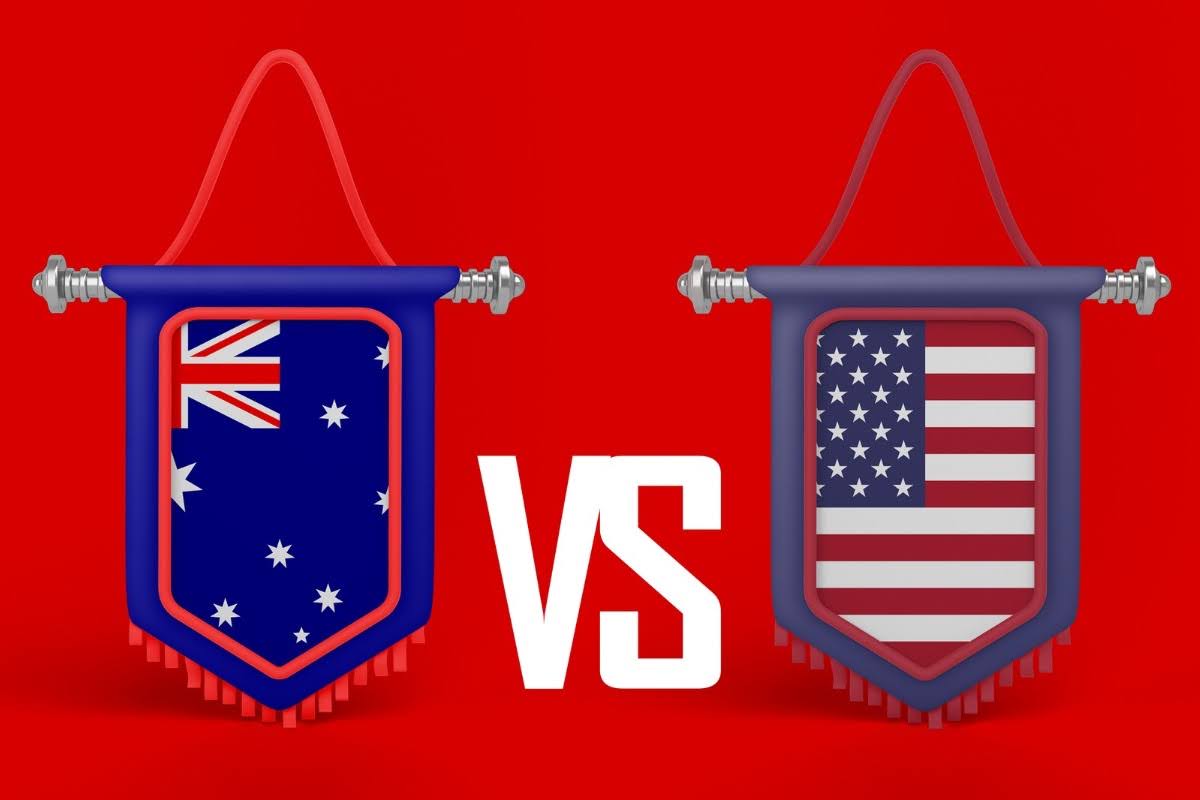
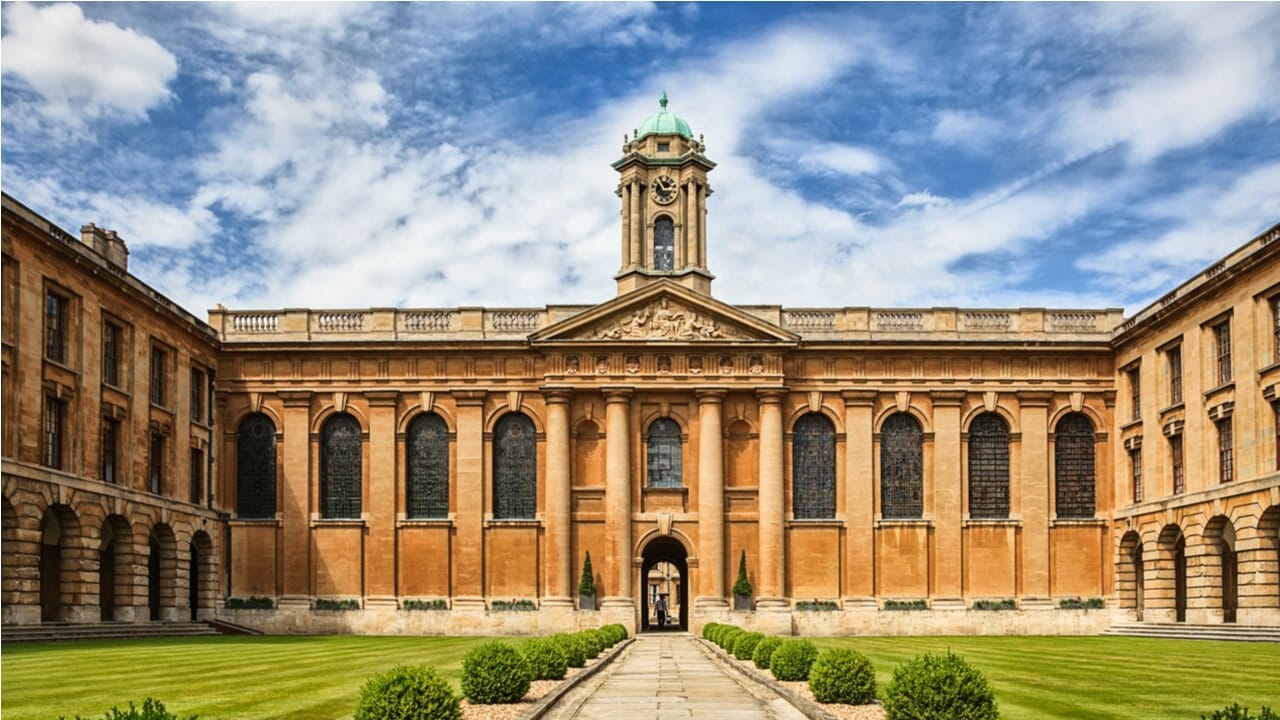





Have Questions? Get Guidance to reach your Dream University
Connect with India's finest counsellors and biggest study abroad community.
Get Guidance